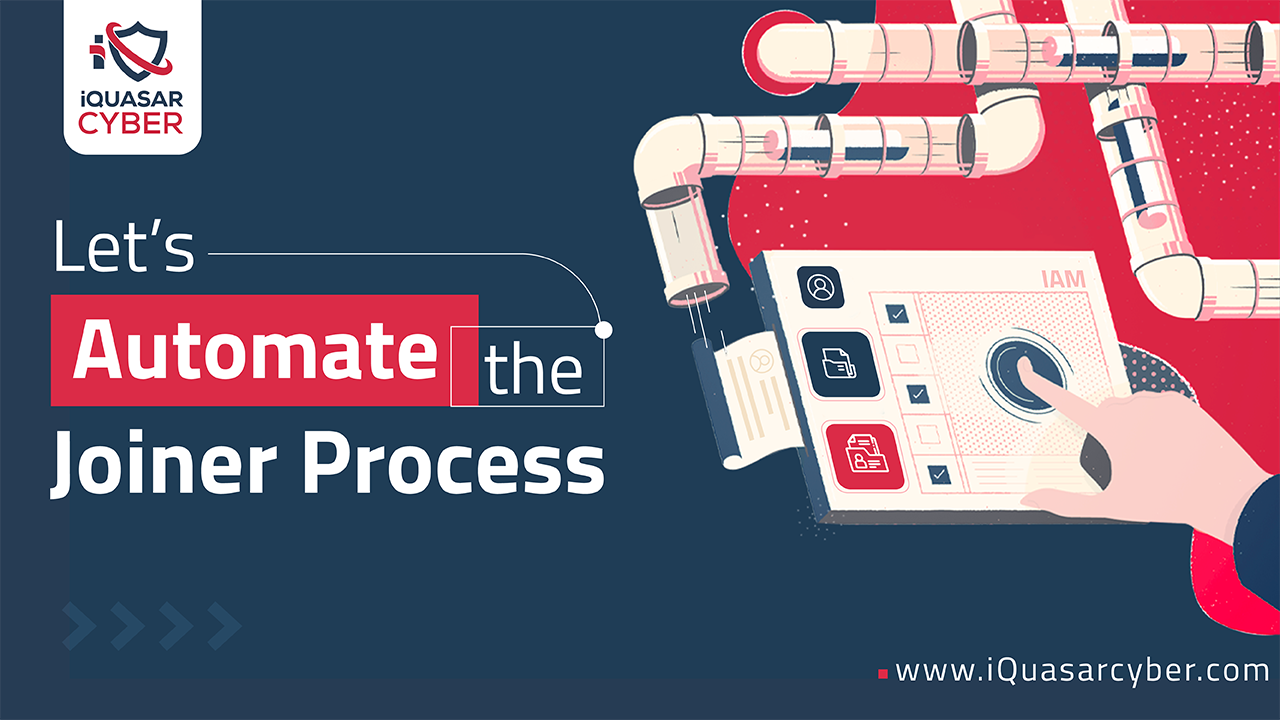
The Joiner process is a critical part of any organization and is the starting point of the user life cycle management process. Starting with Human Resources and culminating in access to an organization and its critical infrastructure is part of the joiner process. This blog will be the first in a series of blogs focusing on an organization’s Joiner, Mover, and Leaver or commonly referred as the JML process. This blog explains the joiner process and how the process can be automated to lower costs, reduce risk and increase efficiency in any organization.
Simply put, a process that on-boards an employee into an organization and provides access to its resources is a joiner process. A joiner process can be as simple as issuing a badge to get access to an office building, while a complex joiner process could be as intricate as providing access to most complex applications from day one of employment.
All organizations have a process of on-boarding employees and non-employees. The on-boarding process can start from obtaining a user identifier while just applying for employment at an organization. Typically, organizations provide candidates with different options to apply for a position on their company portal or via a recruitment firm or directly email a resume to the Human Resources department. As a part of the employee hiring process, data is collected about potential candidates for review and the hiring process. Traditionally, the recruitment process can take multiple weeks to months to complete and during that process, organizations capture mandatory details about the candidate. This candidate data, while being sensitive in nature, is necessary to capture and help in the user on-boarding process.
Traditionally, the on-boarding process was a business function outside of the Identity and Access Management (IAM) process and was developed using multiple silo and manual processes. However, with the advent of IAM tools and sophistication in business models, employee on-boarding has been seen as a critical part of lowering costs and increases the efficiency. In the current business operations model, IAM tools can be used to automate silo and manual processes with the collaboration of Human Resources and business owners. Below is a summary of the manual on-boarding process and a sample of an automated on-boarding process.
Manual user on-boarding process may compromise the following steps:
Request by HR to create a unique employee identifier or an employee ID in a financial system
In contrast to the above manual process, an automated joiner process can replace the manual joiner process providing efficient and secure employee on-boarding. Below are the steps that IAM processes in conjunction with IAM tools can effectively be implemented to streamline the employee on-boarding process:
Benefits of Automated Joiner Process
IAM processes are detailed and complex and may cross lines of business. To solve IAM business process challenges, organizations need expert IAM resources who have industry and technology experience to solve IAM challenges. The IAM Joiner process is just the start!
iQuasar Cyber offers organizations experienced consultants who have implemented large-scale IAM transformation projects to meet business goals. Schedule a consultation discussion to discover our IAM services and how we can automate IAM processes to lower costs, improve efficiency and provide safeguards via access controls.